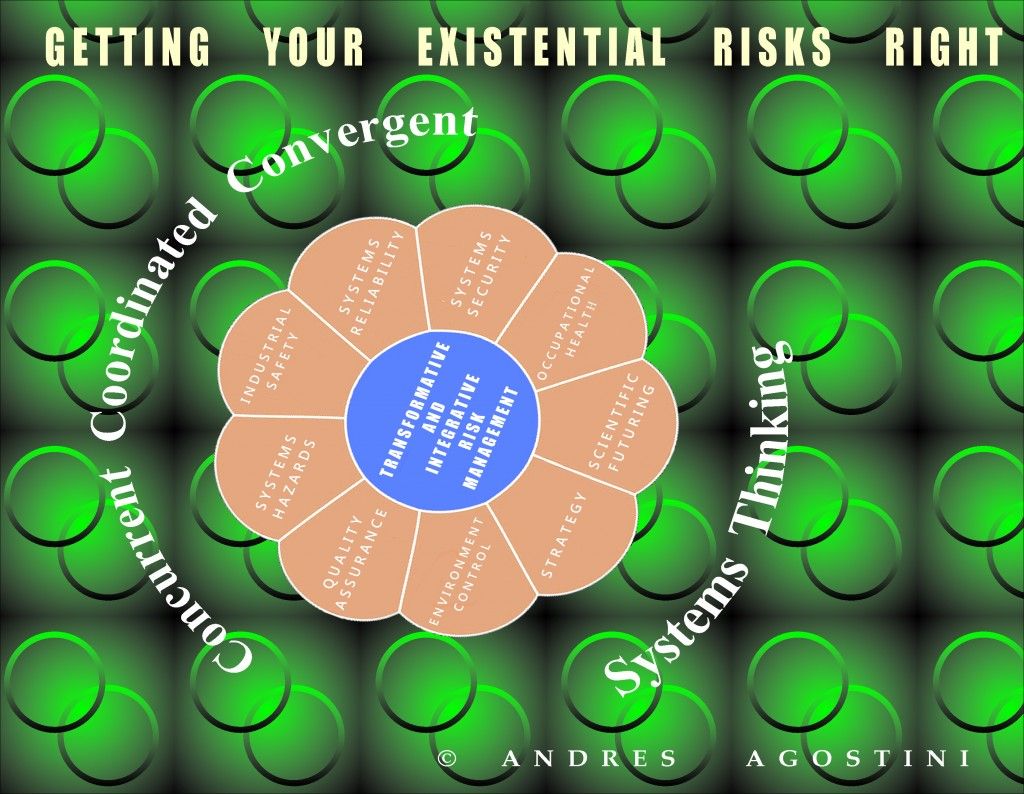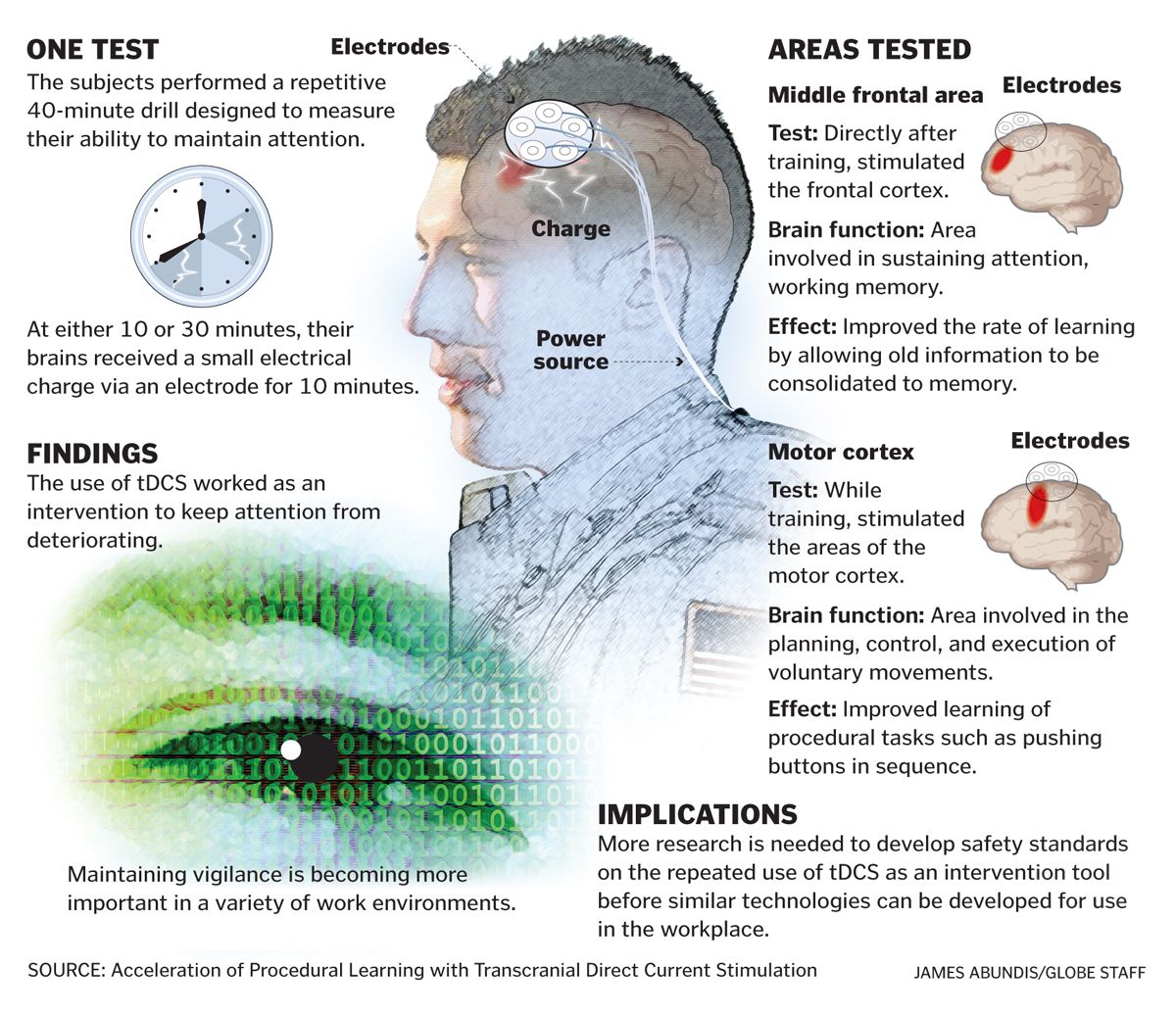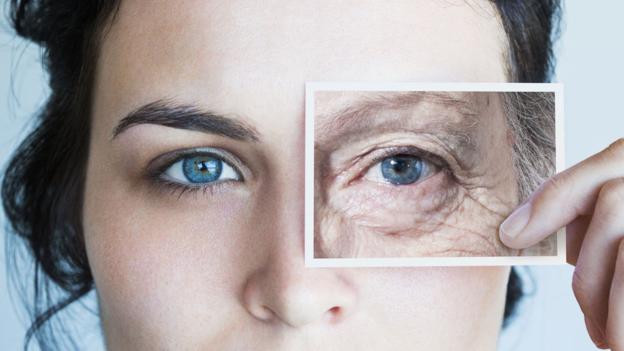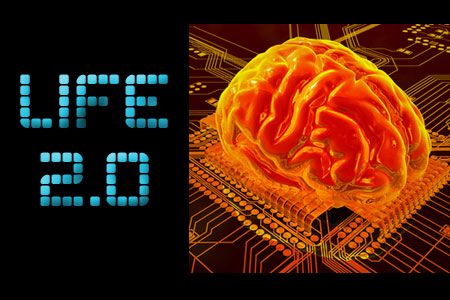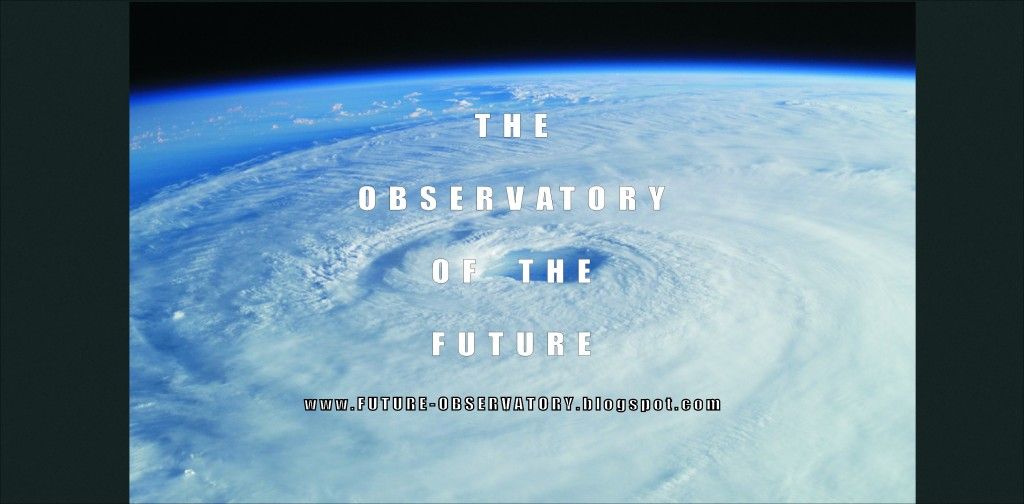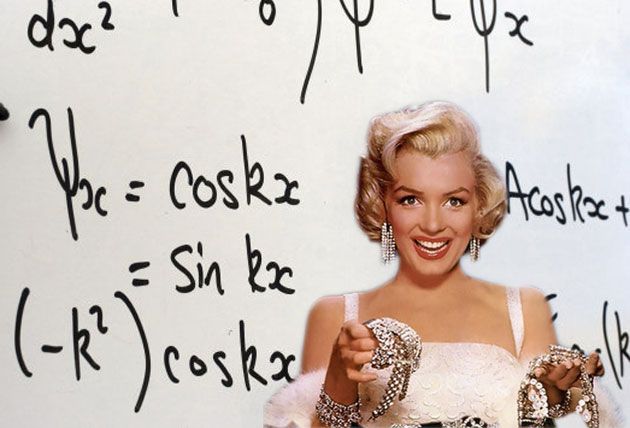Self-assembling printable robotic components http://www.kurzweilai.net/self-assembling-printable-robotic-components
Raptor robot runs at 28.58 mph, faster than any human http://www.kurzweilai.net/kaist-raptor-robot-runs-at-28-58-mph-faster-than-any-human
Teleporting information achieved by TU Delft http://www.kurzweilai.net/teleporting-information-achieved-by-tu-delft
A wakeup call: what exactly should we do about near-Earth objects? http://www.kurzweilai.net/a-wakeup-call-what-exactly-should-we-do-about-near-earth-objects
Artificial Intelligence Is Now Telling Doctors How to Treat You http://www.wired.com/2014/06/ai-healthcare/?mbid=social_linkedin
Curved screens make our brains light up with pleasure http://www.newscientist.com/article/mg22229714.900-curved-screens-make-our-brains-light-up-with-pleasure.html#.U41gjSgbErg
World’s First Fully Organic Flexible OLED Will Wrap Around Your Wrist http://gizmodo.com/worlds-first-fully-organic-flexible-oled-will-wrap-roun-1584772596
DARPA Using Oculus in Plan X Cyberwar http://news.filehippo.com/2014/05/darpa-using-oculus-in-plan-x-cyberwar/
4 DARPA Projects That Could Be Bigger Than the Internet http://www.nationaljournal.com/defense/4-darpa-projects-that-could-be-bigger-than-the-internet-20140521
Top 10 FinTech Companies to Watch http://www.americanbanker.com/gallery/top-10-fintech-companies-to-watch-1063306-1.html
Tepid US recovery – it’s the middle class, stupid http://www.ft.com/cms/s/0/753839f0-e75b-11e3-88be-00144feabdc0.html#axzz33YJBTTFP
What’s Still Needed to Make Google’s Autonomous Car Dream Come True? http://www.21stcentech.com/needed-googles-autonomous-car-dream-true/
The Truth About Building With Glass http://www.fastcodesign.com/3031286/on-the-willis-tower-the-truth-about-building-with-glass
What the future of work looks like http://fortune.com/2014/05/29/what-the-future-of-work-looks-like/
Wearable Computers Will Transform Language http://spectrum.ieee.org/consumer-electronics/portable-devices/wearable-computers-will-transform-language
Marc Andreessen on the Future of Technology and Automation, Robotics, and AI can Impact Government Service http://www.ctovision.com/2014/06/marc-andreessen-future-technology-implications-government-service-citizens/
Internet of Things – Smart Systems and Dumb Policy could be a Dangerous Combination in a Dynamic Global Arena http://www.c-pet.org/internet-of-things/
Planning Your Future Is Pointless. The How And Why Of Embracing Uncertainty http://www.fastcompany.com/3030866/hit-the-ground-running/planning-your-future-is-pointless-the-how-and-why-of-embracing-uncert?sf26481685=1
Teleporting people through space, as is done in Star Trek, is impossible by the laws of physics. Teleporting information is another matter, however, thanks to the extraordinary world of quantum mechanics. http://phys.org/wire-news/162888651/beam-me-up-data.html
Technology Trends and Predictions for the Near Future http://www.streetwisetech.com/technology-trends-predictions-near-future/112660.html
Green tea could reduce pancreatic cancer risk: Study explains how http://www.sciencedaily.com/releases/2014/05/140530133214.htm
Early testers are building a range of prototypes from drones to immersive video games using Google’s 3-D mapping smartphone. http://www.linkedin.com/groups?mostRecent=&gid=145854&trk=my_groups-tile-flipgrp
These phones will survive the apocalypse http://www.theverge.com/2014/5/30/5765818/these-phones-will-survive-the-apocalypse
Get ready for computers of the future http://www.sciencedaily.com/releases/2014/05/140529142030.htm
Microsoft’s Futuristic New Tool Translates Skype Calls in Real Time http://www.wired.com/2014/05/microsoft-skype-translate/
America’s Futuristic Factories http://www.usnews.com/news/articles/2014/03/05/americas-futuristic-factories
The Past And Future Of Drones In The U.S. (Infographic) http://www.thesleuthjournal.com/past-future-drones-u-s-infographic/
2020 Vision: What Will the US Look Like 7 Years from Now? http://dashburst.com/infographic/2020-projections-united-states/
American President Announces Carbon Pollution Reduction Targets http://www.21stcentech.com/american-president-announces-carbon-pollution-reduction-targets/
What the future of work looks like http://fortune.com/2014/05/29/what-the-future-of-work-looks-like/
